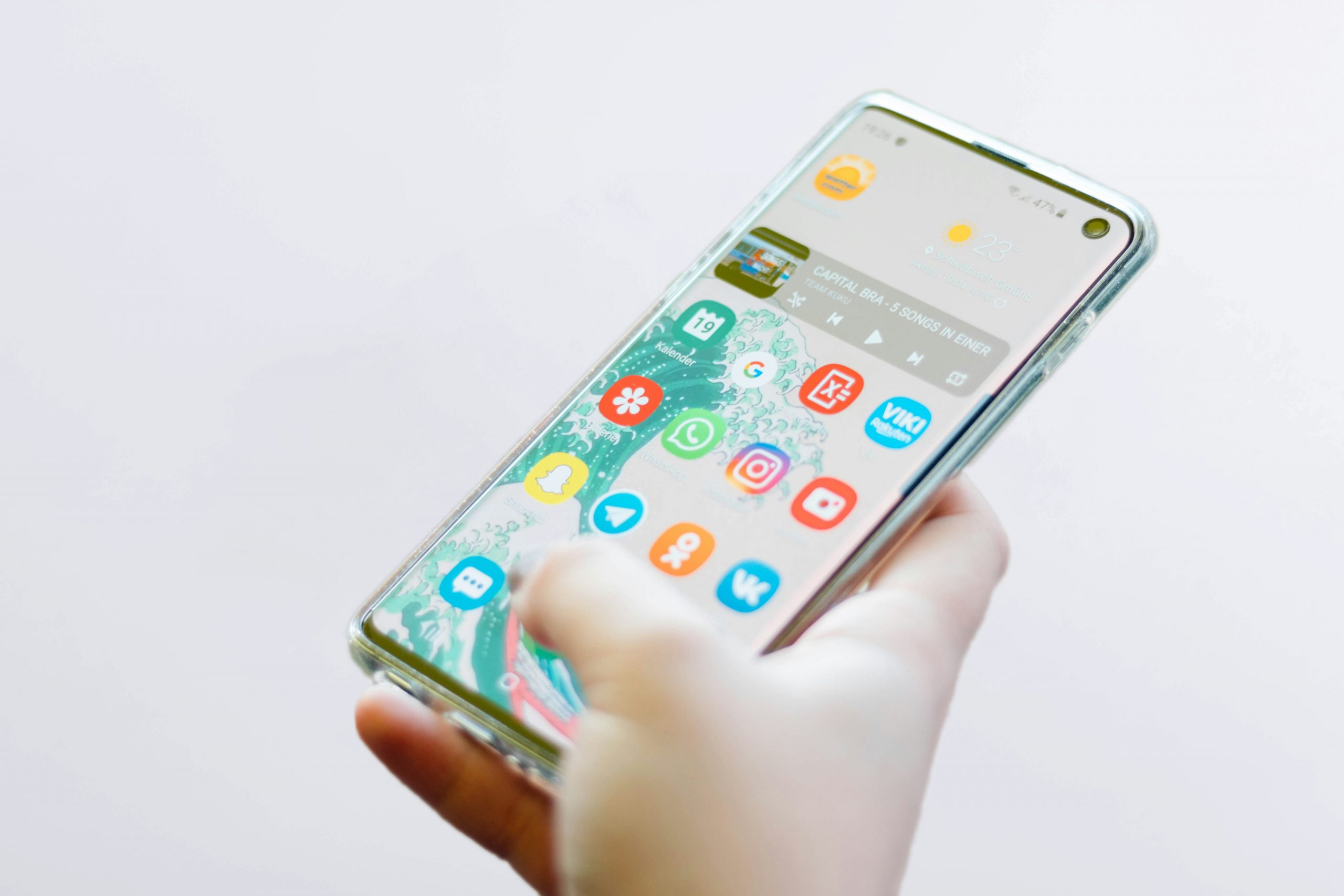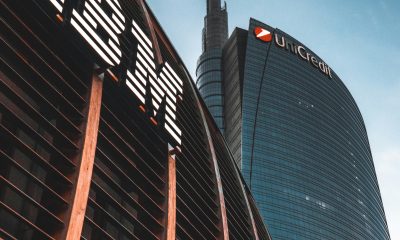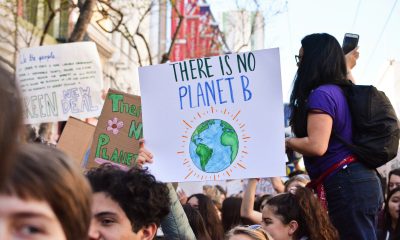In the ever-evolving landscape of technology, Apple Inc. stands as a colossus, continually pushing the boundaries of innovation and design. The latest chapter in their storied saga is the release of the iPhone 15, a device that encapsulates the zenith of modern smartphone technology. Despite the fanfare surrounding its launch, Apple has encountered a paradoxical situation: a dip in sales across several product lines, even as their flagship phones and services like Apple TV+ soar in demand.
According to a recent report by the BBC, Apple’s revenues slipped by 1% to $89.5 billion in the three months leading up to September 30, compared to the same period last year. This marks the fourth consecutive quarter of year-on-year decline for the tech behemoth. The sales of Mac computers and iPads, which had surged post-lockdown, have now struggled, with Mac sales plummeting to $7.6 billion from $11.6 billion the year prior.
Yet, it’s not all a tale of woe. The iPhone, Apple’s crown jewel, has set a new record for sales during this quarter, and services such as iCloud and Apple Music have reached a high, raking in $22.3 billion, up 16% from a year ago. The California-based company’s profits have soared to $23 billion, buoyed by these successes.
The iPhone 15, in particular, has been a subject of much discussion, especially with its shift from the proprietary Lightning charging port to a USB-C cable, a move precipitated by the European Union’s regulations. This transition to a “universally-accepted standard” is a significant pivot for Apple, known for its ecosystem of exclusive connectivity.
The iPhone 15 Pro and Pro Max models have been lauded for their expansive camera features, including a 3x Telephoto camera on the Pro and a 5x optical zoom on the Pro Max, the longest ever on an iPhone. These advancements underscore Apple’s commitment to pushing the envelope in smartphone photography.
Despite these innovations, Apple has not been immune to the macroeconomic headwinds. The company has cited potential supply chain issues that could hamper the delivery of its new iPhone 15 Pro and Pro Max devices. CEO Tim Cook has reassured investors and consumers alike that the company is “working hard to manufacture more” and anticipates a supply-demand balance later in the quarter.
Cook remains optimistic, believing that Apple has its “strongest lineup of products ever” as it heads into the crucial Christmas trading period. However, the latest update suggests that other Apple products have not been capturing customers’ imaginations as of late.
The company’s challenges are not confined to product sales alone. In China, a critical market for Apple, sales dipped by 2.5%. Yet, Cook pointed out that when accounting for foreign exchange rates, the business there had grown year on year. This is despite the complexities of operating amidst Covid restrictions and the geopolitical tensions between the U.S. and China.
For those intrigued by all things iPhone 15 check out Amazon. The iPhone 15 Pro (128 GB) in Black Titanium, for instance, is a testament to Apple’s design philosophy, melding cutting-edge technology with sleek aesthetics. It’s a device that not only promises performance but also a statement of luxury and innovation.
In conclusion, Apple’s journey is a testament to the tumultuous nature of the tech industry, where even the giants must navigate the capricious tides of consumer demand, economic fluctuations, and regulatory changes. As the holiday season approaches, all eyes will be on how Apple’s “strongest lineup of products ever” will perform in the marketplace. Will the allure of the iPhone 15 and its siblings be enough to reverse the trend of declining sales? Only time will tell, but for now, Apple continues to stand at the forefront of technological advancement, with the world watching its every move.

 Home3 years ago
Home3 years ago
 Medical3 years ago
Medical3 years ago
 Gadgets3 years ago
Gadgets3 years ago
 Environment3 years ago
Environment3 years ago
 Medical3 years ago
Medical3 years ago
 Energy3 years ago
Energy3 years ago













